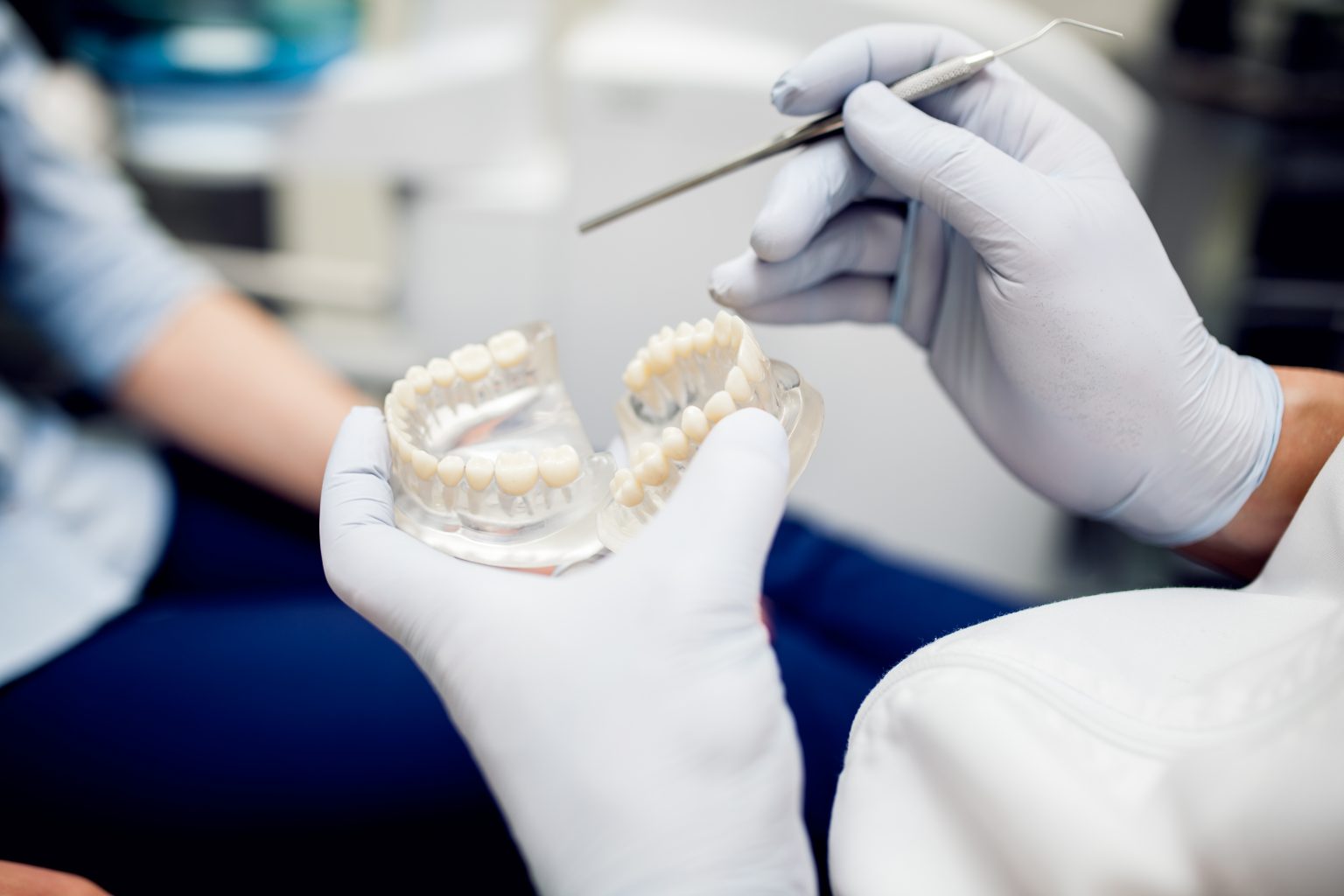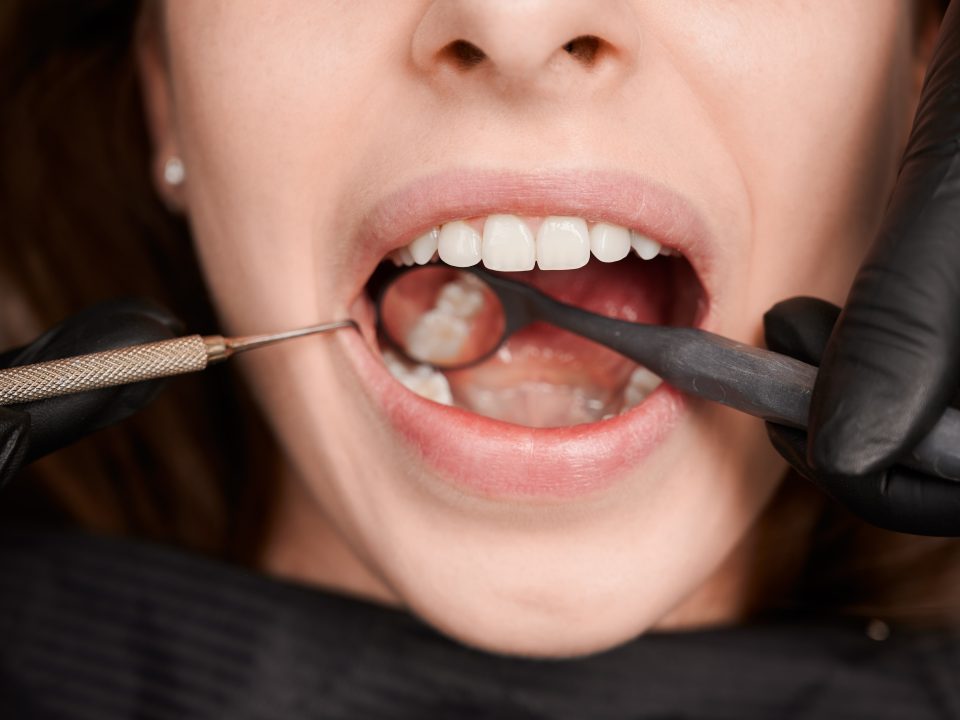Dental crowns, also known as caps, are versatile restorative dental devices that play a crucial role in preserving the health and appearance of teeth. Whether used to strengthen a weakened tooth, restore functionality, or enhance aesthetics, dental crowns are a cornerstone of modern dentistry. In this comprehensive guide, we’ll explore the art and science behind dental crowns, from their construction and placement to their role in dental care in Plano and the expertise of dentists in Garland.
Understanding Dental Crowns:
A dental crown is a custom-made prosthetic device that covers the entire visible portion of a tooth above the gumline. It is designed to restore the tooth’s shape, size, strength, and appearance while providing protection and support. Dental crowns are typically recommended in the following scenarios:
- To protect a weakened tooth from further damage or fracture.
- To restore a tooth that has undergone significant decay or damage.
- To support and strengthen a tooth following root canal therapy.
- To cover and protect a dental implant or anchor a dental bridge.
Types of Dental Crowns:
- Porcelain Crowns: Porcelain crowns are prized for their natural appearance and ability to closely mimic the color, translucency, and texture of natural teeth. They are an excellent choice for restoring front teeth or any teeth that are highly visible when smiling. Dentists in Plano often recommend porcelain crowns for their aesthetic appeal and durability.
- Metal Crowns: Metal crowns, typically made of gold or other metal alloys, are renowned for their strength and longevity. While not as aesthetically pleasing as porcelain crowns, metal crowns are often recommended for restoring molars and teeth subjected to heavy chewing forces. Their durability makes them an ideal choice for patients seeking long-term reliability.
- Porcelain-Fused-to-Metal (PFM) Crowns: PFM crowns combine the strength of metal with the natural appearance of porcelain. They feature a metal substructure covered with a layer of porcelain, offering a balance of durability and aesthetics. PFM crowns are versatile and suitable for both front and back teeth, making them a popular choice among patients seeking a blend of strength and beauty.
- All-Ceramic Crowns: All-ceramic crowns are crafted entirely from ceramic materials, providing exceptional aesthetics and biocompatibility. They are an ideal choice for patients with metal allergies or those seeking the most natural-looking restoration possible. Dentists in Garland often recommend all-ceramic crowns for their excellent aesthetic results and durability.
The Dental Crown Procedure: The process of receiving a dental crown typically involves multiple steps:
- Consultation: During the initial consultation, your dentist will assess your oral health, discuss treatment options, and determine the most suitable type of crown for your needs.
- Tooth Preparation: The tooth receiving the crown is prepared by removing any decayed or damaged tissue and reshaping it to accommodate the crown.
- Impressions: Impressions of the prepared tooth and surrounding teeth are taken to ensure the custom crown fits accurately and blends seamlessly with your smile.
- Crown Fabrication: The impressions are sent to a dental laboratory where skilled technicians fabricate your custom crown to the precise specifications provided by your dentist.
- Temporary Crown Placement: While your permanent crown is being fabricated, a temporary crown may be placed to protect the prepared tooth.
- Crown Placement: Once your custom crown is ready, it is permanently bonded to the prepared tooth using dental cement, ensuring a secure and long-lasting restoration.
Benefits of Dental Crowns:
- Restored Functionality: Dental crowns restore the strength, stability, and functionality of damaged or weakened teeth, allowing for normal chewing and speaking.
- Aesthetic Enhancement: Crowns can improve the appearance of teeth by concealing imperfections such as discoloration, chips, cracks, or irregularities.
- Protection and Support: Crowns provide protection and support to teeth that have undergone extensive damage, decay, or root canal therapy, helping to prevent further deterioration.
- Longevity: With proper care and maintenance, dental crowns can last for many years, providing durable and reliable restorations.
Finding Quality Dental Care in Plano and Garland: When it comes to receiving dental crowns, choosing a skilled and experienced dentist is essential for achieving optimal results. In Plano and Garland, residents have access to a wide range of dental professionals who specialize in restorative and cosmetic dentistry. Whether you’re seeking porcelain crowns, metal crowns, or any other type of dental restoration, it’s important to select a dentist who prioritizes patient comfort, satisfaction, and oral health.
Conclusion:
Dental crowns are a cornerstone of modern dentistry, offering versatile solutions for restoring and enhancing the health, function, and aesthetics of teeth. From porcelain and metal crowns to all-ceramic and PFM crowns, patients have a variety of options to choose from based on their individual needs and preferences. By understanding the art and science behind dental crowns and partnering with skilled dentists in Plano and Garland, patients can achieve beautiful, long-lasting smiles that instill confidence and improve overall oral health.




